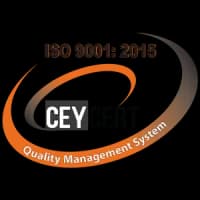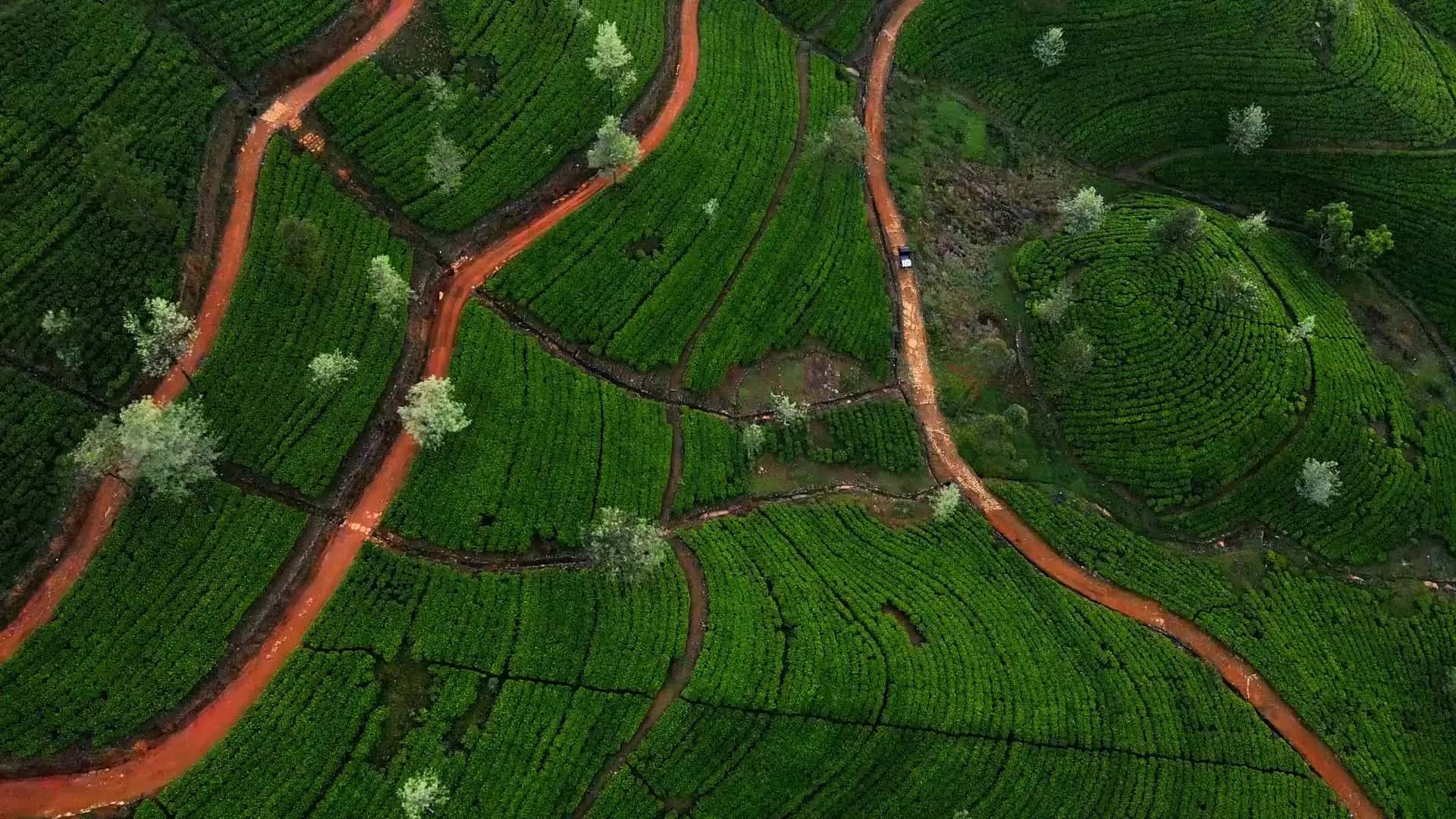
Madulsima
Plantations PLC
Sustainable plantations in Sri Lanka since 1992
Our Story
The company was originally incorporated as Madulsima Plantations PLC on 22nd June 1992 by a certificate of incorporation issued in terms of Section 15 (1) of the Companies Act No. 17 of 1982, read with Section 2 (2) of the Conversion of Public Corporation or Government-Owned Business Undertakings into Public Companies Act No. 23 of 1987, and the order published in the Gazette Extraordinary of the Democratic Socialist Republic of Sri Lanka dated 22nd June 1992. The company was thereafter re-registered under the Companies Act No. 07 of 2007 as Company No. PQ 184, and a fresh certificate of incorporation was issued under the provision of Section 485 (6) of the Companies Act No. 7 of 2007, with the corporate name changed by operation of law to Madulsima Plantations PLC.
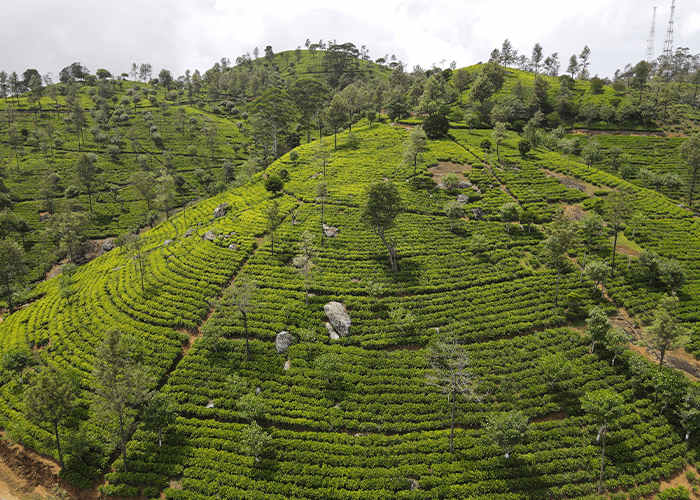
Madulsima Tea Estate
Established 1992
Vision & Mission
Our Vision
To be a trendsetter in the plantation industry by being a result-oriented, innovative tea company.
Our Mission
To manage the plantations as economically viable units and ensure the enhancement of their agro-economic value.
Our Tea Gardens
Explore our pristine tea gardens, where nature and tradition come together to create the finest teas.
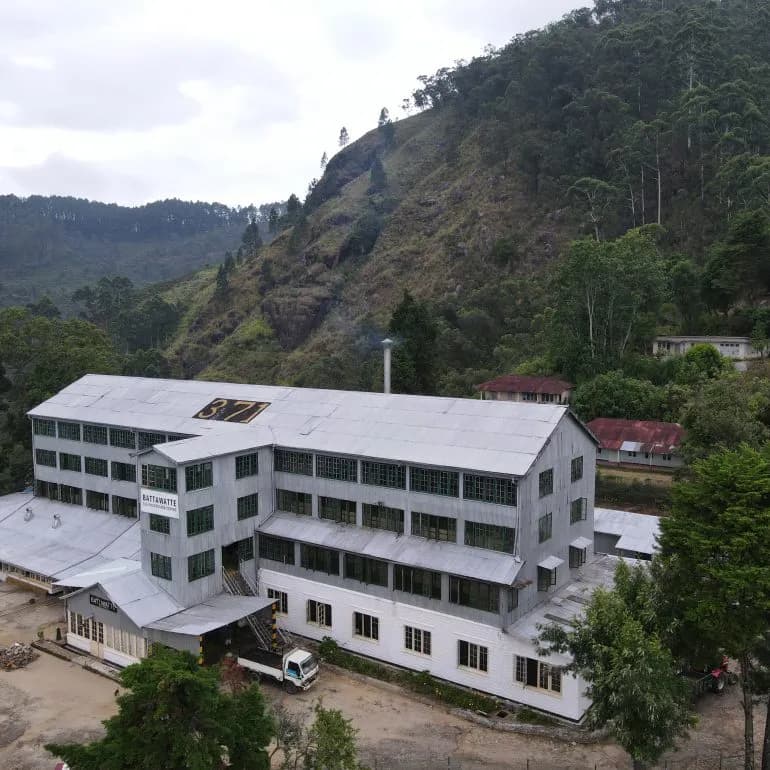
BATTAWATTE
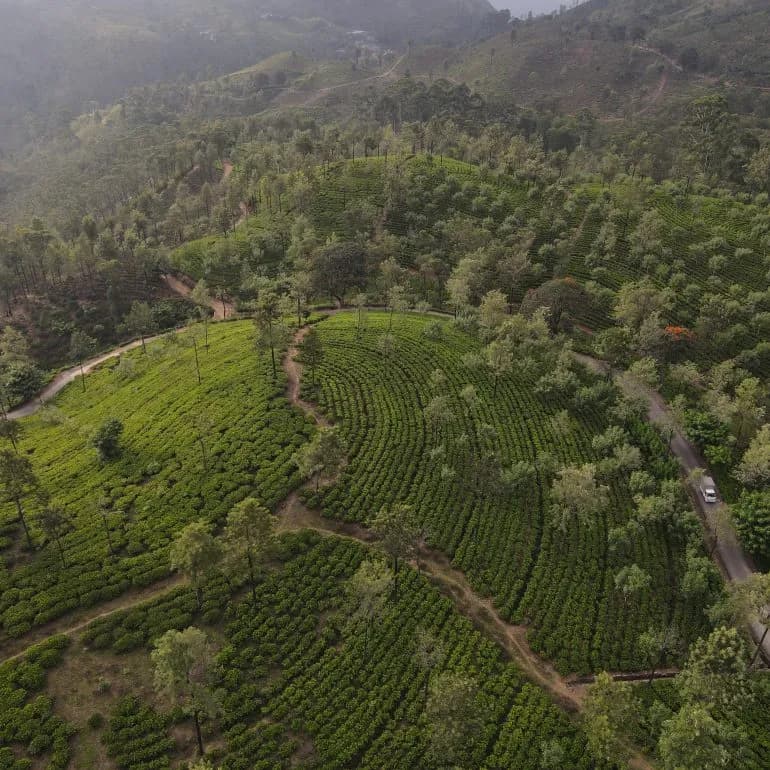
COCAGALLA
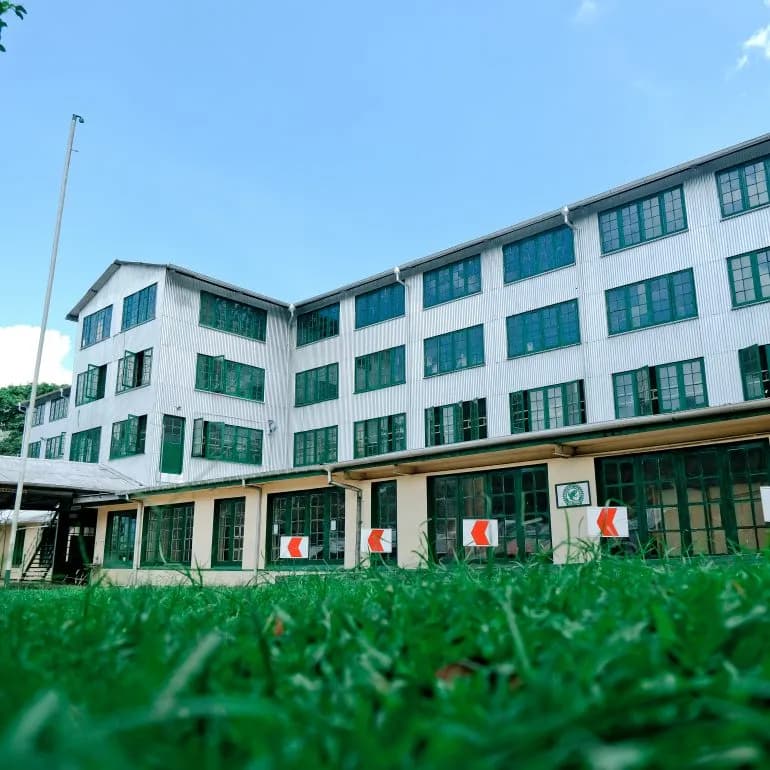
EL TAB
EXPERIENCING EXCELLENCE WITH US
We are Certified
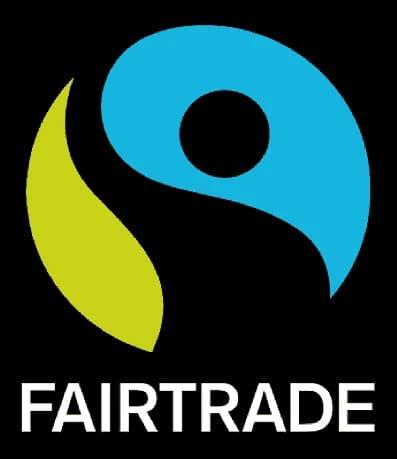
Fairtrade Certified
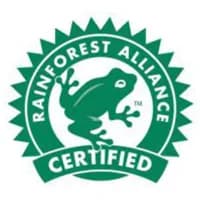
Rain Forest Alliance
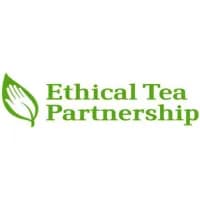
Ethical Tea Partnership
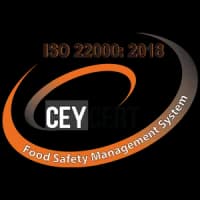
ISO 22000
